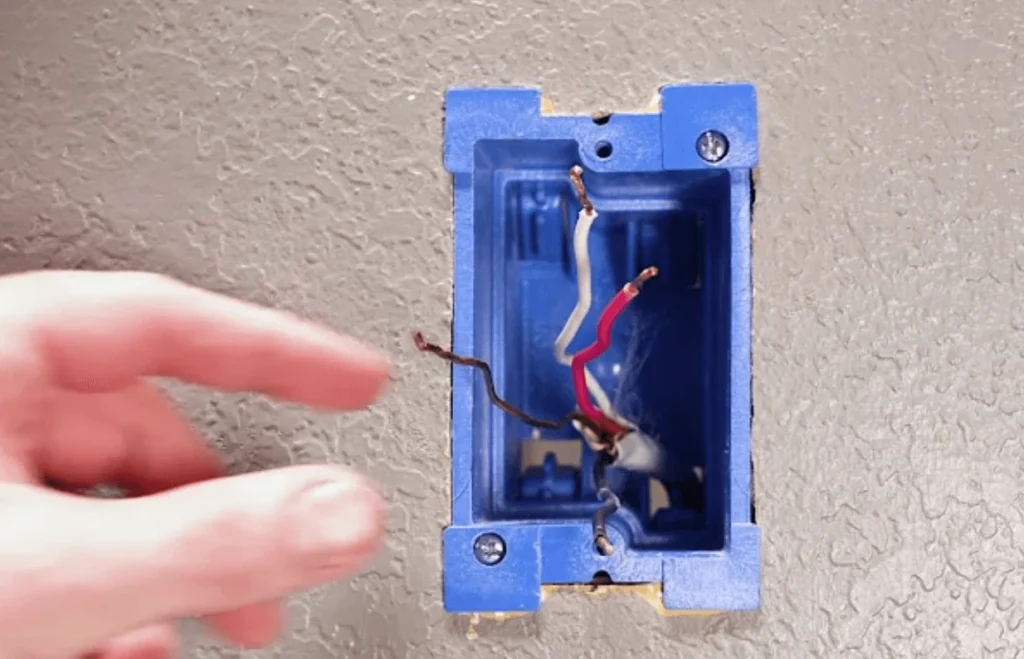When we enter our homes and flip a switch, we expect the lights to come on, the appliances to hum to life, and the gadgets to charge. But have you ever wondered about the intricate dance of electrons happening behind the scenes? In the realm of electrical circuits, the neutral wire plays a crucial yet often overlooked role. In this article, we’re going to take a journey into the world of neutral wires and unravel their significance in our daily lives.
Imagine an orchestra playing a symphony. Each instrument has a role to play, and together, they create beautiful music. Similarly, the components of an electrical circuit harmonize to power our world. The neutral wire might not be the star of the show, but it’s an essential member of this symphony, ensuring safety and functionality.
Contents
- 1 Understanding Natural Wire
- 1.1 The Role of Hot Wires
- 1.2 Enter the Neutral Wire
- 1.3 Importance of Balance: 120V Circuits
- 1.4 Differentiating Ground and Neutral Wires
- 1.5 Neutral Wires in Three-Phase Systems
- 1.6 Color Codes and Safety Measures
- 1.7 Neutral Wires in Home Wiring
- 1.8 Common Issues with Neutral Wires
- 1.9 Signs of a Faulty Neutral Wire
- 1.10 How to Test a Neutral Wire
- 1.11 Professional Help and DIY Solutions
- 1.12 The Future of Neutral Wires
- 1.13 Conclusion
- 1.14 FAQs
Understanding Natural Wire
Before we dive into the neutral wire, let’s grasp the basics. Electrical circuits are pathways through which electricity flows. They consist of a power source, conductors (wires), and devices that consume electricity. But here’s the twist: electricity needs a complete loop to flow. This is where the neutral wire enters the stage.

The Role of Hot Wires
In this dance of electrons, hot wires take center stage. They carry the electrifying energy from the power source to the devices. However, after the energy is spent, the electrons need a route back home.
Enter the Neutral Wire
Cue the neutral wire. Picture it as the unsung hero, providing a pathway for spent electrons to return to the power source. It completes the circuit, ensuring a smooth flow of electricity without causing shocks or hazards.
Importance of Balance: 120V Circuits
In a 120V circuit, which is common in households, the balance between hot and neutral wires is crucial. They carry equal but opposite currents, canceling out the risk of overloading and maintaining a safe electrical environment.
Differentiating Ground and Neutral Wires
Ground and neutral wires both contribute to safety, but they serve different purposes. The ground wire guards against electrical faults, while the neutral wire focuses on completing the circuit.
Neutral Wires in Three-Phase Systems
Three-phase systems, often used in industrial settings, introduce a more complex scenario. Here, multiple hot wires share a common neutral wire, catering to larger power demands.
Color Codes and Safety Measures
Identifying wires is vital for safety. In the US, neutral wires are often white or gray, distinguishing them from hot wires. Adhering to color codes prevents accidents during maintenance and repairs.
Neutral Wires in Home Wiring
Every time you plug in a device or switch on a light, the neutral wire plays its part. It’s the backbone of residential wiring, maintaining a delicate balance in every circuit.
Common Issues with Neutral Wires
Like any unsung hero, neutral wires face challenges. Loose connections, corrosion, or damage can lead to disruptions in the circuit and even pose fire risks.
Signs of a Faulty Neutral Wire
How do you spot trouble? Dimming lights, tingling sensations, or strange appliance behavior might indicate a faulty neutral wire. Timely action is crucial.
How to Test a Neutral Wire
Curiosity and caution often go hand in hand. With the right tools and knowledge, you can test a neutral wire to ensure it’s functioning as intended.
Professional Help and DIY Solutions
When faced with electrical mysteries, seeking professional help is wise. However, simple tasks like tightening connections can be DIY projects for the brave-hearted.
The Future of Neutral Wires
As technology advances, so does the way we handle electricity. Smart grids and renewable energy sources might reshape the role of neutral wires in the coming years.
Conclusion
Next time you switch on a light or charge your phone, take a moment to appreciate the symphony of electrons and the role played by the humble neutral wire. It’s not just a wire; it’s a guardian of safety and a facilitator of modern life.
FAQs
Q1. Is the neutral wire always white?
No, while white or gray is the standard color for neutral wires, local regulations might vary.
Q2. Can I touch a neutral wire?
It’s best to avoid touching any wires, even neutral ones, as a precaution against potential hazards.
Q3. Why do lights sometimes flicker?
Flickering lights can be caused by various factors, including issues with the neutral wire connection.
Q4. What happens if the neutral wire is disconnected?
Disconnecting the neutral wire can lead to imbalances in the circuit and potential safety hazards.
Q5. Are neutral wires necessary in DC circuits?
In DC circuits, the concept of hot and neutral wires is not applicable, as the current flows in one direction only.